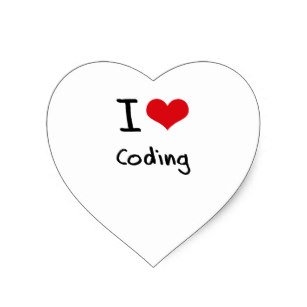As usual, my #procjam project is way too ambitious for what I can actually get done in a work week, particularly one where I'm out at headquarters in California.
I'm trying to build a graph grammar engine which is as easy to use, as Tracery is for context-free string grammars. I named the project Soffit in keeping with the architectural theme.
Github repository: https://github.com/mgritter/soffit
To date I've mainly been working on the input format and parser. I wanted a text representation of graphs that was easy to write, so I basically copied Dot.
A--B represents a bidirectional edge between vertices A and B.
A--B [x] applies a tag to that edge.
A[12]; B[34]; A->B defines two tagged vertices, with a directed edge between them. (In a departure from Dot format, the arrow can be drawn in either direction, so B<-A->C is a valid graph.
A more complicated example, rendered in matplotlib:
A[1]; A--B [x]; B--C [y]; C->A [z]; A[1]; B[23]; B--Q; Q[4];

A grammar can then be represented as a JSON object mapping graphs to graphs. As in Tracery a list of options can be used on the right-hand side if a graph may be transformed in more than one way.
{
"version" : "0.1",
"start" : "A--B",
"A--B" : "A--B--C; B--D",
"A--B--C--D" : [ "A--B--C--D--A", "A--B; C--D;" ]
}
I had to invent a notation for transformations that merge nodes. I chose to use "A^B" to indicate that, for example "A--B--C" : "A^B-C, A--D" means to map nodes A and B to the same node in the output graph (and the delete the edge between them.) Subsequent appearances of A or B in the grammar refer to this merged node, or the user can specify "A^B" everywhere. "AvB" would be better mathematically, but I wanted to permit "v" in node identifiers (which need not be single-letter capitals as I have used them here, but it seems a good convention.) It's certainly not easy to typeset the correct join operator.
My library is written in Python and depends on:
It would be more in keeping with the spirit of Tracery to have a Javascript implementation, but I think that would be challenging.
Next steps:
- Identify valid matches for the left-hand graph inside a rule. I'm planning to use ortools for that.
- Perform the graph rewriting!
- Run the rule set for a given number of iterations, generate an animation?
- Output to graphviz. I plan to have a way to convert tags to graphviz attributes for display.
Hello! Your post has been resteemed and upvoted by @ilovecoding because we love coding! Keep up good work! Consider upvoting this comment to support the @ilovecoding and increase your future rewards! ^_^ Steem On!

Reply !stop to disable the comment. Thanks!
Downvoting a post can decrease pending rewards and make it less visible. Common reasons:
Submit
This post has been voted on by the SteemSTEM curation team and voting trail in collaboration with @curie.
If you appreciate the work we are doing then consider voting both projects for witness by selecting stem.witness and curie!
For additional information please join us on the SteemSTEM discord and to get to know the rest of the community!
Downvoting a post can decrease pending rewards and make it less visible. Common reasons:
Submit